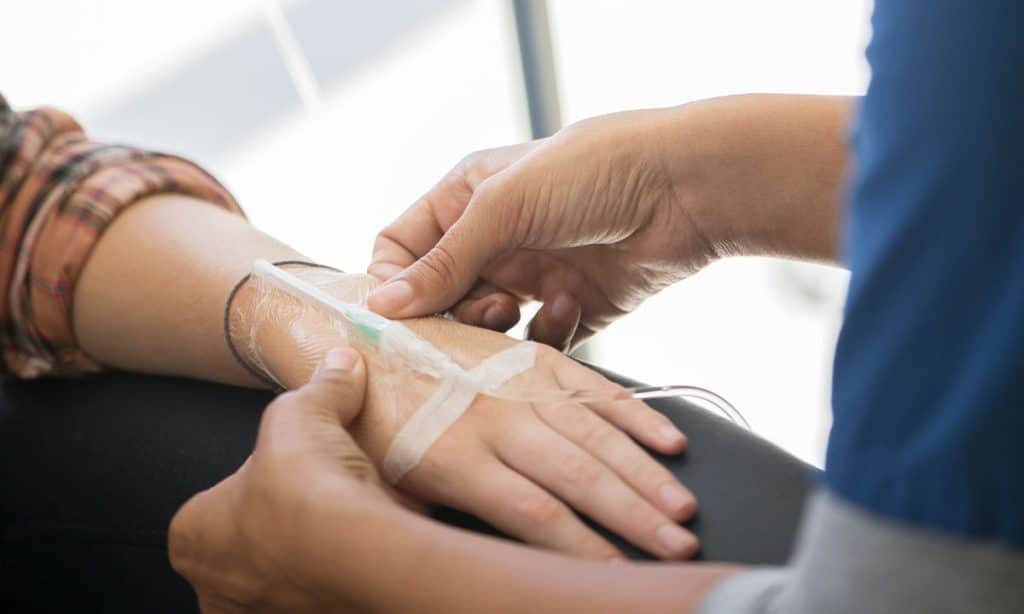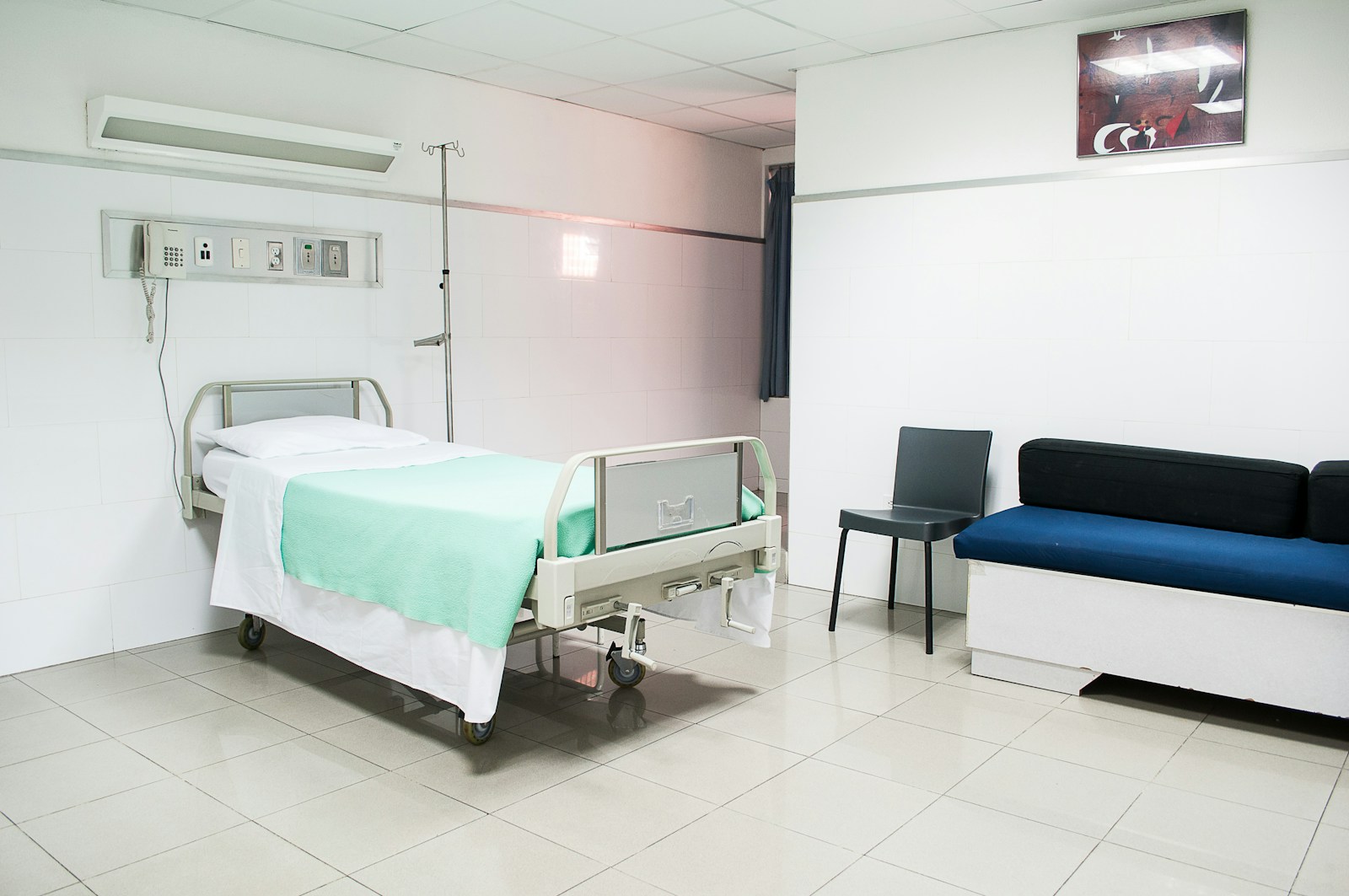Nausea, lack of energy, taste, aches – chemotherapy is tough – but medical marijuana can help.
Even the hesitant becomes curious about medical marijuana when dealing with chemotherapy. Studies have shown medical marijuana in the right dose can help relieve some of the side effects of chemotherapy. Nearly 25% of cancer patients receive chemotherapy during a given year. And the exhaustion is real and could last months even when the treatments are over.
Data demonstrates you can take cannabis with chemo and radiation, but it is wise to have a conversation with your oncologists as you consider blending it in to your regimen. Cancer is a life-threatening illness which knows no boundaries. The medical community is now open and researching on how to use the benefits of medical marijuana for healing parts of cancer. Here is what to know about chemotherapy and cannabis.

During chemotherapy, cancer patients experience a range of side effects. If you’re on a strong chemo regimen, usually the day after is when you’ll experience the worst symptoms and symptoms range from dizziness to nausea and vomiting. Patients need chemotherapy because it is a powerful treatment that kills the body’s growing cancerous cells, however, these side effects often make it a gruesome experience.
Aside from the fact that cannabis helps to mitigate some of the symptoms associated with chemotherapy, it also plays a supportive role in helping the body fight back cancerous cell growth when they get into chemotherapy and radiation.
One of the earliest side effects of chemotherapy is feeling nauseous, which is a disrupting factor for cancer patients. Many patients undergoing chemo complain of feeling excessively tired, headaches, high body temperatures and so on. By incorporating cannabis with chemotherapy you can significantly reduce the bulk of these side effects.
Like most medications, medical marijuana works over a period of tine with the right dosage. Taking it once doesn’t always provide the greatest benefits immediately.
A key benefit is it helps with a patients appetite, which is important for body maintenance. Patients complain after chemo they couldn’t eat or feel hungry. With cannabis, often the appetite returns with an increased craving for food and an urge to snack more.
Another side effect of chemotherapy is exhaustion. Coupled with feeling overwhelmed by the process they end up mental and physical challenged to move forward. A sativa “wakes” the body up and helps through the difficult times. CBD and THC posess properties that can keep patients alert and active throughout the chemo treatment process.
RELATED: CBD And Chemo Combo Increases Cancer Survival Rates
Another side effect can be insomnia, despite the exhaustion, they struggle to have a decent sleep. Since chemo patients are given steroids beforehand to help with the side effects, the majority also experience insomnia. Combining cannabis can help patients feel well-rested throughout the day, thus making it easier to sleep.
RELATED: Here’s How Marijuana Can Kick Chemotherapy-Induced Nausea To The Curb

You may feel exhausted when combining cannabis or any other medication with chemotherapy. It can be an overwhelming experience if it isn’t done right. Here are some pointers to help you derive the best from using cannabis:
- Always start low and go slow: don’t take so much cannabis at the same time.
- Always consult your doctor or oncologist if you feel like you need to take more or lessen your dosage
- Avoid using too many products simultaneously: sometimes, you may not get the best out of cannabis because you are taking too much medicine.
- Cannabis is very safe when used with a doctor’s guidance.

Patients are often concerned about the “method of application” of cannabis when they are in chemo: they wonder if they should smoke it, chew it or consume it via other means. The easiest is through a tincture or oil. Under the tongue and it acts quickly without having to put stress or the lungs and it doesn’t have to be swallowed if there is nausea. If there is no nausea a gummy or maybe a cannabis beverage can be absorbed, but it may take time. The last way to consume is either through a vape or smoking. It is important to discuss this method with your health professional to avoid aggravation of the respiratory system.


